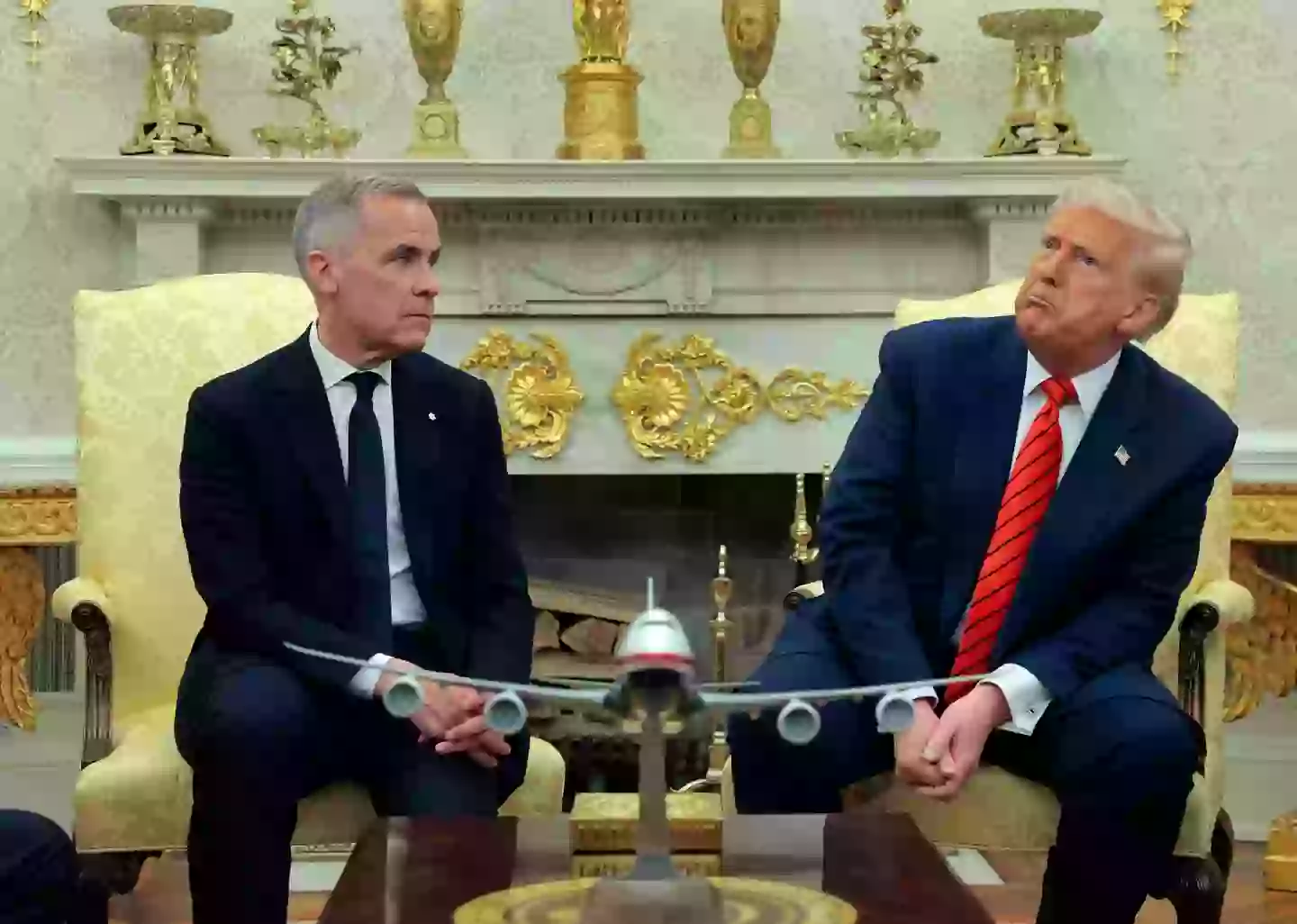Earlier this week, U.S. President Donald Trump hosted Canadian Prime Minister Mark Carney at the White House, and to say the meeting was tense would be putting it mildly.
Given the ongoing friction between the two countries, the awkward atmosphere wasn’t entirely unexpected—especially in light of Trump’s recent push for global tariffs. As part of that initiative, Trump suggested that Canada could sidestep such economic penalties by simply becoming the 51st state of the United States.
Despite the imposition of a 25% tariff, Canada has remained firm in its opposition to the idea of statehood. Carney made that clear during his meeting with Trump on Tuesday, May 6, when he emphatically stated that Canada is “not for sale.”

“Just like Buckingham Palace in the UK or the Oval Office here in the U.S., there are certain things that are never on the market,” Carney said. “I’ve spent the last several months meeting with Canadians, and I can say with confidence: Canada is not for sale—and never will be.”
The conversation grew more pointed when Trump claimed, “We don’t do much business with Canada.” Carney quickly corrected him.
“We are the United States’ largest trading partner in terms of total goods,” he responded. “Our auto industry is deeply interconnected. In fact, half of a car made in Canada consists of American parts—that level of integration doesn’t exist anywhere else.”
As for the proposal of Canada joining the U.S., Carney was unequivocal. He emphasized that Canadians are proud of their sovereignty, adding: “We are masters of our own house, and we can provide ourselves with far more than any foreign government ever could.”
Trump wasn’t ready to let the idea go, quipping, “Never say never. I’ve seen plenty of things that were once considered impossible become reality.”
Body language analyst Beth Dawson offered her take on the encounter. Observing the two leaders at the White House steps, she described Carney as appearing “assertive, yet slightly apprehensive.”
She noted, “The elbow touch suggests he was aiming to establish equal footing, but his expression showed determination paired with a bit of hesitation. He wasn’t passive, but he was clearly being cautious not to come off as too aggressive.”
